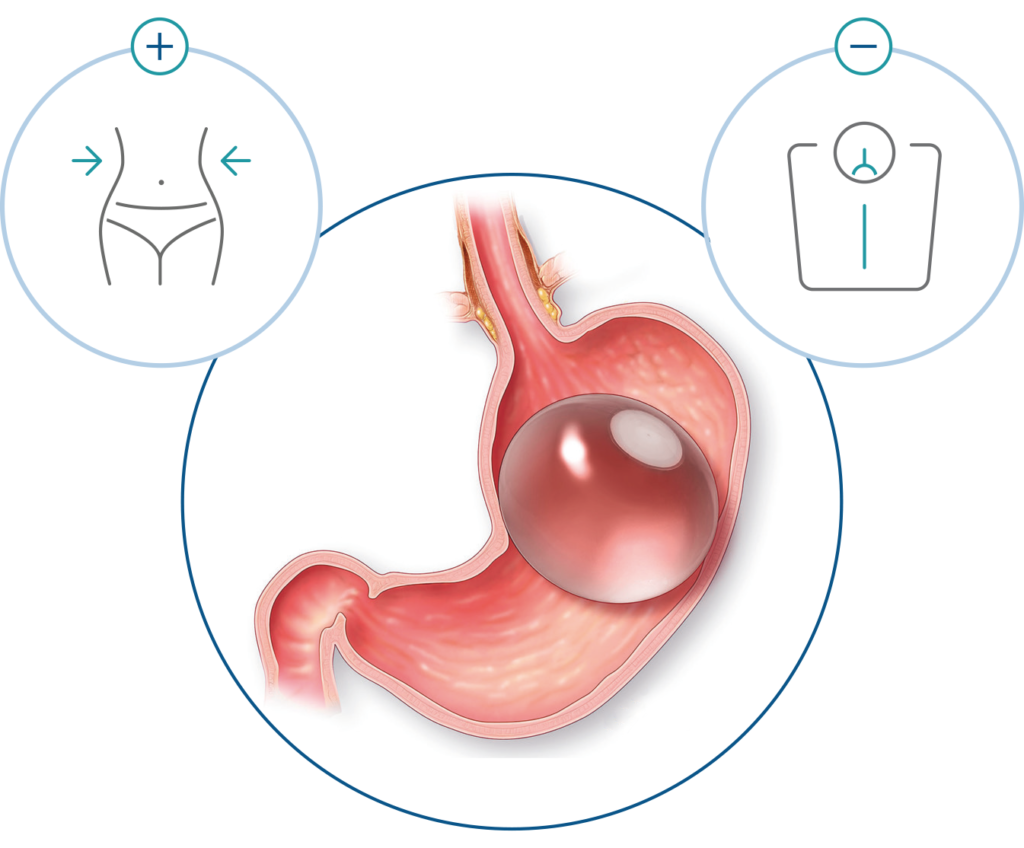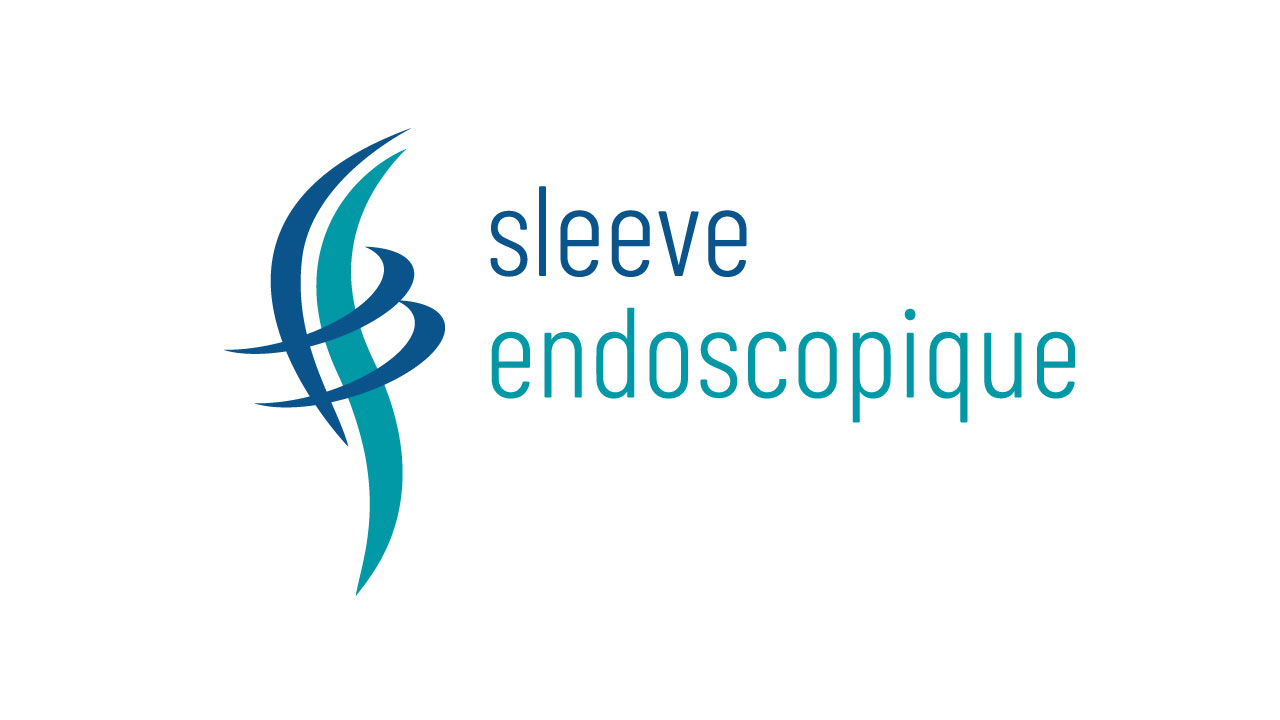What is an intragastric balloon?
Intragastric balloon placement will:
- Decrease feelings of hunger
- Make you feel fuller faster
- Decrease daily calorie intake

How does the technique work?
Most balloons are placed and removed by a gastroenterologist through an endoscopy (under general anesthetic).
Before the balloon is inserted, an upper endoscopy is performed to ensure that the device can be placed in the stomach. It is usually performed as an outpatient procedure, however hospitalization may be required if the patient has trouble adjusting to the balloon.
Some balloons can be swallowed in a gelatin capsule. They are inflated with gas and placed without an endoscopy or sedation. X-ray imaging is used to check that they are positioned properly. They can be filled with:
- A sterile saline solution containing methylene blue that dyes urine in the event of a leak
- Air
- Or a mixture of saline solution and air
The device, the endoscopy and the placement of the intragastric balloon are not covered by medical insurance.
The balloon requires the involvement of a multidisciplinary support team.
How long do they last?
Intragastric balloons can be left in the stomach:
-
For 6 months,
-
Or for 12 months.
The balloon extraction date varies depending on their life span. A fiber-free and liquid diet is required several days prior to balloon removal. The procedure is performed via endoscopy and lasts 15 to 35 minutes.
What happens after the procedure?
Balloon placement requires a multidisciplinary support team to provide nutritional, behavioral and fitness supervision. Psychotherapy can also be useful, and may be recommended during the psychiatric assessment before the procedure.
What are the contraindications?
- Severe hepatic diseases
- Crohn’s disease
- Severe cognitive or mental disorders
- On-going alcoholism or drug addiction
- Pregnancy, trying to conceive, breastfeeding
- Refusal of medical follow-up and dietary instructions
- Eating disorder (such as bulimia),
- Prior gastric or antireflux surgery, presence of a gastric band, large hiatal hernia (>5cm), peptic ulcer, severe Grade C or D esophagitis,
- Anti-inflammatory treatment, coagulation abnormality, anticoagulant or antiplatelet treatment.
- SCUBA diving and air transport in non-pressurized aircraft are contraindications for air-filled balloons.
What are the results?
Most patients lose significant weight in a short period of time with the intragastric balloon. Weight loss also improves comorbidities associated with obesity.
Weight loss induced by the balloon seems to improve motivation in patients receiving multidisciplinary support aimed at changing their eating and behavioral habits.
